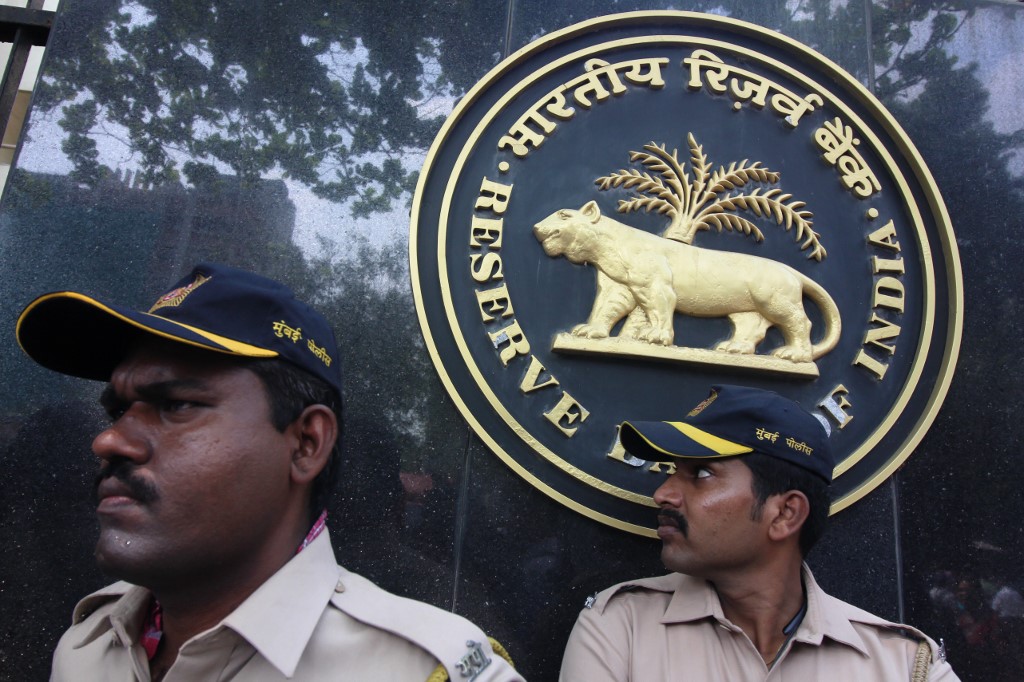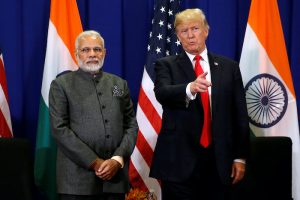(ATF) Bank frauds are nothing new in India – they have been bringing down banks since the 18th century. But in recent years they are of a different scale, often a result of deep-rooted collusion between lender, borrower and officials. Crony capitalism has led to massive frauds. Many fraudsters have fled India with huge sums, and many more are fleeing.
In 2018, the Modi government amended the Fugitive Economic Offenders Bill, to give it powers to bring back individuals declared as criminal offenders under the 2002 Act.
There is a real-time story of a fraudster trying to escape a police Look-Out Circular that stopped him from taking a flight from Delhi to London. A month later he arranged a fake passport but was apprehended at the Biratnagar border to Nepal with a gang of smugglers. Instead of escaping the country, he and four others, was arrested on multiple charges far more serious than wilfully cheating a bank.
But while a few have been restrained, many have fled.
Crooks are fleeing, frauds ballooning
In January 2019, the ministry revealed the names of 72 people who had duped banks and fled the country since the banking reforms started in 2015.
One was Vijay Mallya, who was accused of misappropriating Rs 9,000 crore (over $1.2 million). Meanwhile, Nirav Modi, Neeshal Modi and Mehul Choksi are wanted for a debt of Rs 13,000 crore ($1.76m).
Three Kolkata (Calcutta)-based jewellers – Nilesh Parekh, Kamlesh Parekh and Umesh Parekh – are wanted for a debt of Rs 2,600 crore ($352,000), while Jatin Mehta of Winsome Diamonds, who fled with his family in the Caribbean left owing Rs 6,800 crore ($921,000).
They have fled left, right and centre, although usually to jurisdictions where it is tough for Indian authorities to get them back. Nitin Jayentilal Sandesara and Diptiben Chetankumar Sandesara are reportedly in Dubai with Rs 5,000 crore ($677,000).
There is a cat and mouse game being played out by Indian enforcement agencies and a powerful group of lawyers who defend the fugitives, and activists who claim to be fighting for transparency.
Pune-based activist Vihar Dhruve filed an Right To Information petition seeking details about the number of people under the LOC scanner. In July 2019, the Central Bureau of Investigation refused to give details of its orders. It cited Section 8(1)(h) of the RTI Act, which exempts it from disclosure of information that could adversely affect the arrest or prosecution of an accused.
READ MORE: An Indian summer for Wall Street banks
The noose is gradually being tightened around the neck of absconders. But the speed is slow and, typical of government action, the approach is lead-footed. As a result, large sums are still leaking out of the country while these fraudsters flee.
The RBI, in another disclosure to RTI activist Saket Gokhale, confirmed that Rs 68,000 crore ($9.2 million) of loan frauds had been written off by the regulator as of September 2019 from 50 wilful defaulters, including Mehul Choksi (Gitanjali Gems), Jatin Mehta (Winsome Diamonds), Vijay Mallya (Kingfisher Airlines) and many others on technical/prudential write-off clauses.
It was not clear whether these defaulters would be pursued in the courts for these amounts.
In February 2020, the Indian Government entered into a treaty with the UAE, to permit UAE banks to recover Rs 50,000 crore from fugitives who had duped them and taken shelter in India. The UAE government, in turn, have deported over 20 gangsters and economic offenders under the extradition treaty with India since 2015.
Most of the financial fraudsters get away from the scene because the bankers are themselves not vigilant and enthusiastic about reporting a financial crime when it is happening. These frauds mostly happened because corrupt businessmen siphoned out bank loans given to industries.
There were many bankers who were not involved directly, but they saw it happening and yet did nothing to stop it. And the fraudulent activities took place not over a couple of years but a decade. This was easy money and slowly, industrialists started siphoning off this refinanced capital to personal accounts in overseas tax havens.
As a result, the additional capital did not help the industries recover. Instead, evergreening of loans made them even more toxic. The effect of these toxic loan frauds is now threatening the banking industry. As the stringent asset quality review at the banks, introduced in 2015 by the central bank, takes its toll, the frauds continue to be detected. And as a result, non-performing assets will continue to grow.
In the decade from 2010 to 2019, more than 49,000 cases of bank frauds took place across India, causing losses of around Rs 2 lakh crore (Rs 2 trillion), according to the Reserve Bank of India.
This is an excerpt, with minor edits, from The Inside Story of Indian banking by Sandip Sen published by Rupa Publications.
READ MORE: RBI says worst over yet India’s GDP will plunge

























